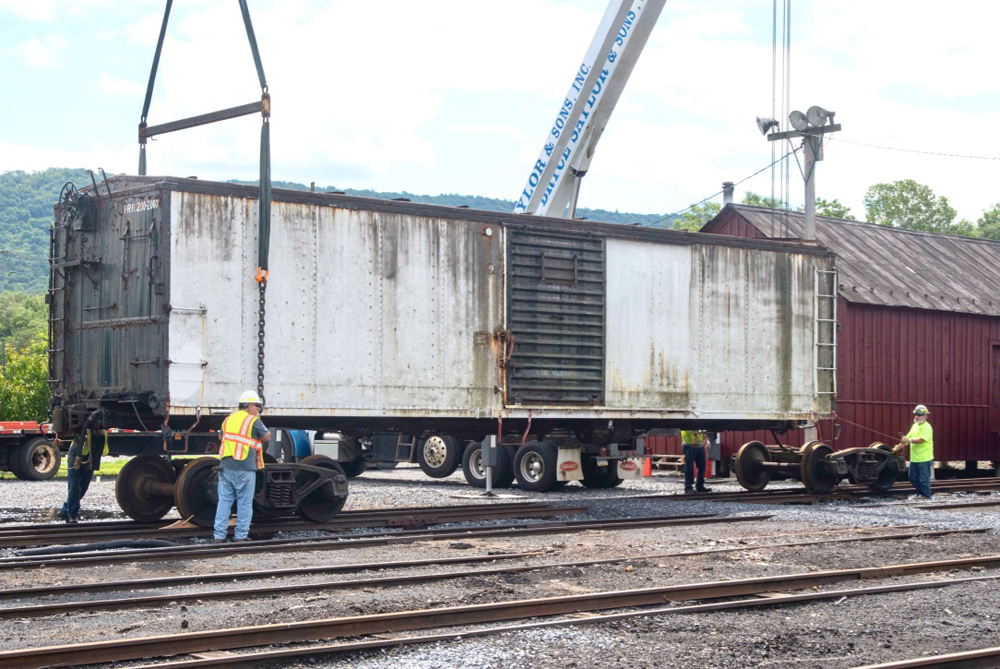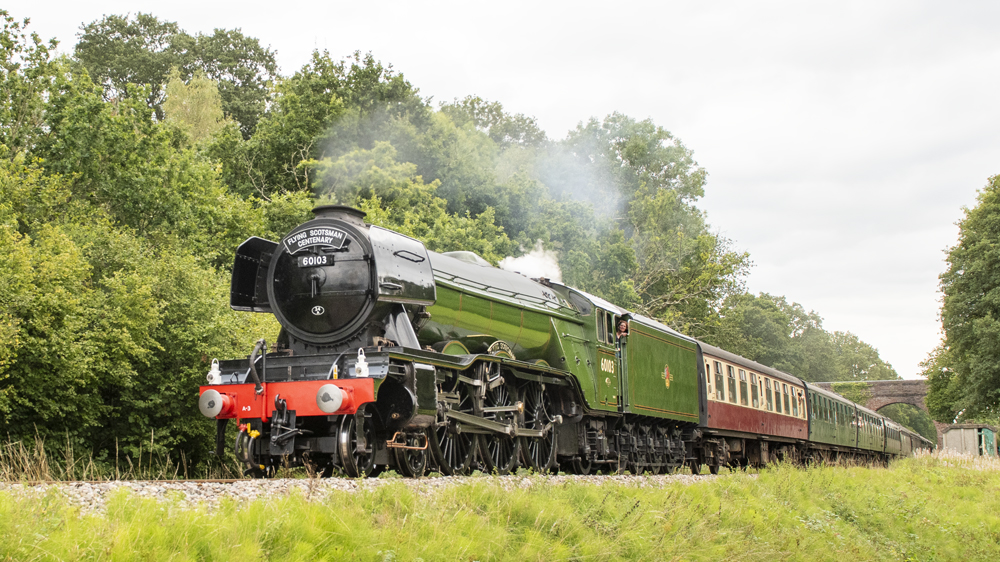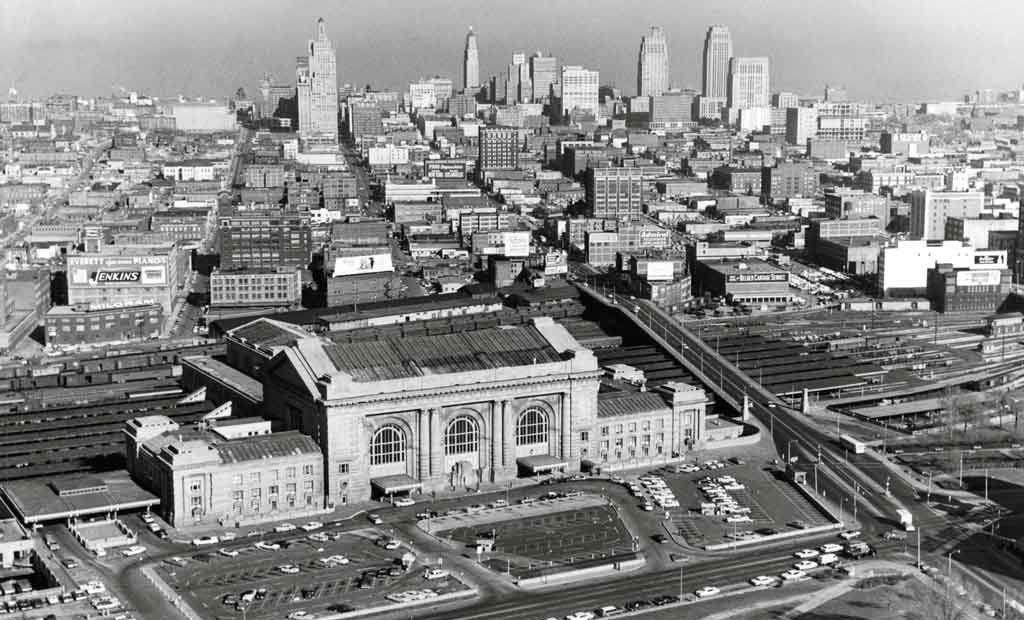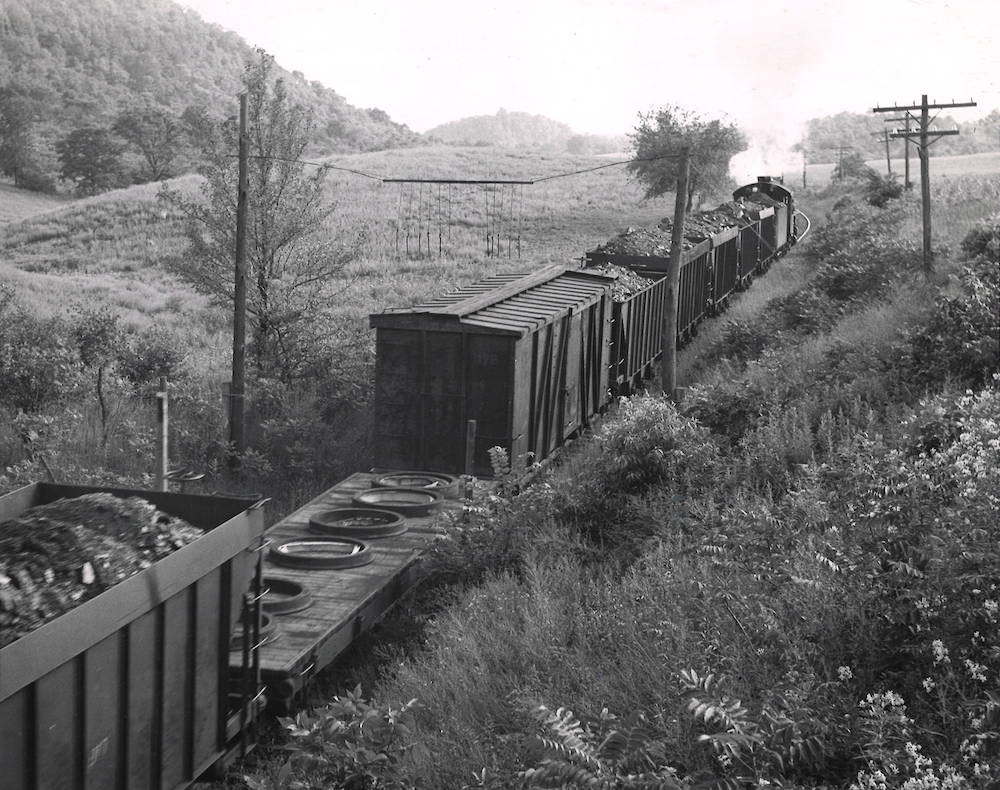
East Broad Top Railroad freight cars tell the story of a narrow-gauge railroad that was ahead of its time. Here’s what you should know about this mostly home-built fleet that survives today at the National Historic Landmark in Pennsylvania.
Hoppers
In the common-carrier era, East Broad Top lived off coal as its main traffic. The type of hoppers on the railroad evolved over the years as they hauled the commodity in addition to iron ore and ganister rock. Early cars were built out of wood on the cheap, however, EBT eventually transitioned into an all-steel fleet for better durability and heavier capacity. Of the 275 steel hoppers commissioned, a few were built by the Pressed Steel Car Co. of Pittsburg while the majority came from East Broad Top’s Rockhill Furnace carshop.
The end of the common-carrier operation in 1956 left scores of now-unemployed hoppers on the property. The beginning of the tourist era saw a few dozen sold off to other narrow-gauge tourist railroads around the country, from Colorado to Alaska, with one even finding its way to Hawaii for display. The remaining members of the all-steel fleet still reside at East Broad Top, with a few in active service for ballast work and photo freight charters
No. 802 was built in 1913 by the Pressed Steel Car Co. as a two-bay hopper and was one of the first steel railcars to arrive at the railroad. It was later converted into a side-dump hopper. The car has since been returned to service by the Friends of the East Broad Top in June 2008.
Nos. 853, 876, 882, 909, 935, 944, 951, 977, 1000 and 1052 were built at EBT between 1914 and 1926. All were part of the fleet of three-bay hoppers, except for No. 853 which was originally a two-bay type before being converted. Nos. 882 and 977 were later converted to side-dump hoppers in 1943 and 1933 respectively.
No. 1074 was built in 1928 as one of a couple of four-bay hoppers at the railroad’s carshop. It’s the only one of its kind restored and the newest operating freight car at East Broad Top today.
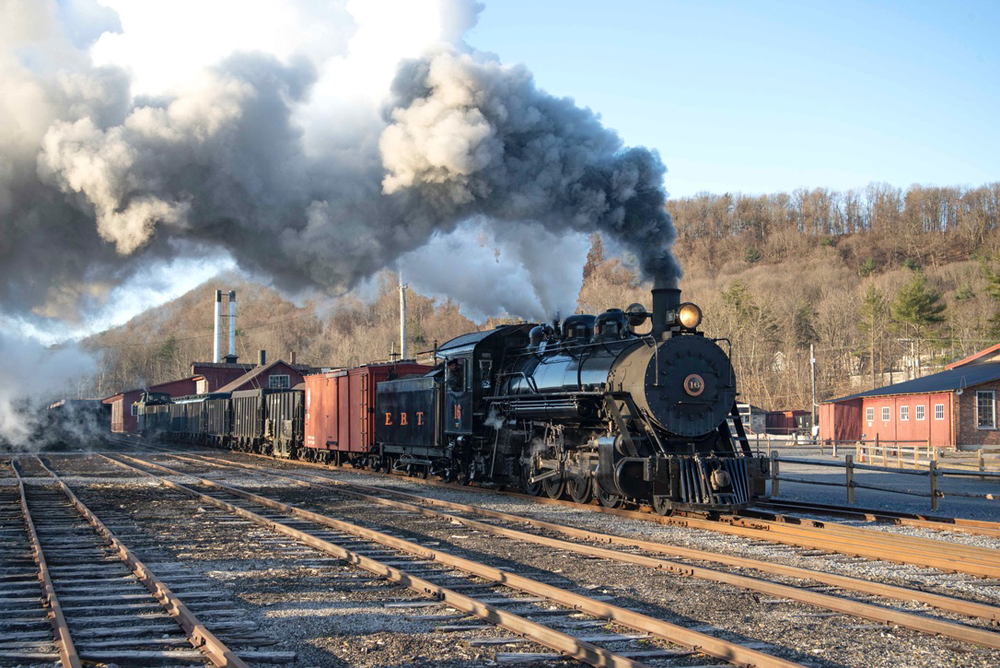
Flatcars
While coal was the main commodity, the railroad’s timber traffic was considerable too. This was especially the case in the mid-1920s when the McKelvey Brothers’ timber business began operations out of Rockhill Furnace. This prompted the in-house building of 20 steel flatcars – “lumber cars” – between 1923 and 1925 to phase out the wooden fleet. It also led to the construction of the iconic Timber Transfer, a large overhead crane at Mount Union to transfer lumber from narrow to standard gauge equipment.
None of the wooden flatcars survive, but many from the steel fleet have. Several were relocated to Cool Springs Park in West Virginia, while the rest remain on EBT property. A total of six were restored to operation with all except one converted for passenger use.
No. 108 was built in 1923 and is the only restored flatcar still in its original appearance. The car was returned to service by the Friends in July 2006, after decades of sitting at the south end of Rockhill yard with trees growing through the frame. It’s currently used for track maintenance and photo freights.
Boxcars
The surviving boxcars were built in-house between 1913 and 1920 to handle increased traffic in clay and water. Several were relocated to Cool Springs Park by the 1960s, but most of the remaining fleet still resides at East Broad Top. While two were converted to carry passengers during the tourist era, two others have returned to service in their original appearances for photo freight, with a third currently being restored.
No. 170 was built in 1913 and represents the early third generation of EBT boxcars with a “hybrid” steel underframe and a wooden body.
No. 174 was built in 1915 as an all-steel boxcar and is undergoing restoration by the Friends to be returned to its original look.
No. 181 is one of many all-steel boxcars that were built by the railroad between 1914 and 1920.
Tank cars
The use of tank cars could be seen as a rarity during the common-carrier era. They were basically tanks fitted onto steel flatcars, mainly used for hauling water to the Robertsdale mine’s reservoir. There was, however, a unique exception.
No. 116 was originally built as a steel flatcar in 1925. A 6,000-gallon tank was later installed for the car to serve the Atlantic Refining Company, transporting oil to storage tanks in Three Springs. It’s the only tank car on the railroad today.
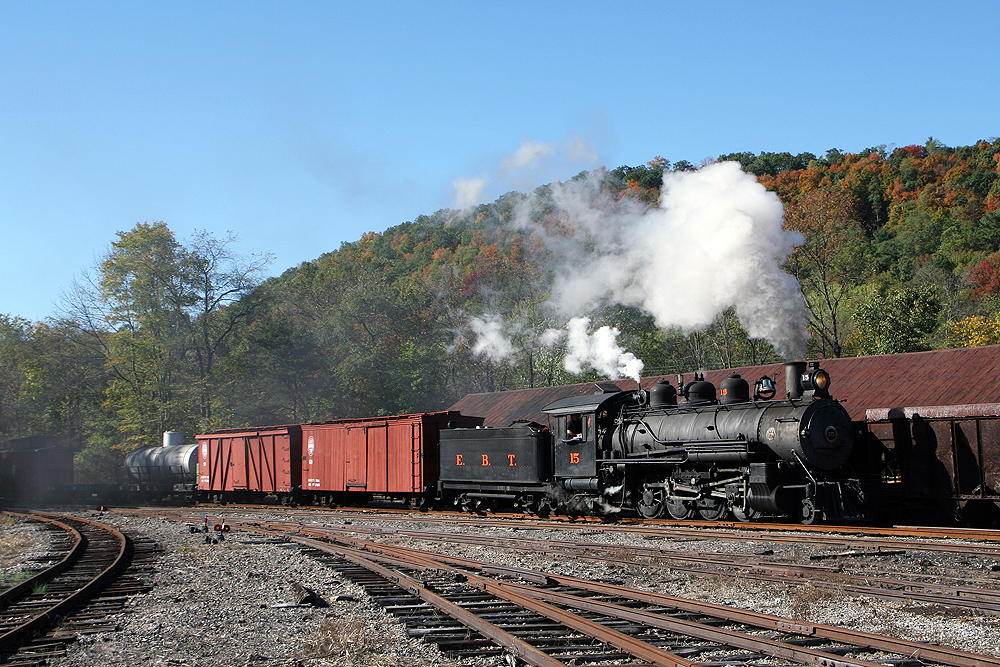
Standard-gauge equipment
The inability to interchange freight cars became one of the catalysts for the downfall of narrow-gauge railroads nationwide, beginning in the early 20th Century. East Broad Top’s solution to this dilemma came from the Timber Transfer, using it to lift standard-gauge cars onto narrow-gauge trucks at the Mount Union yard where it meets with the Pennsylvania Railroad. This allowed EBT to skip the costly, time-consuming, and labor-intensive transloading process. As a historic and educational feature, the EBT Foundation plans to demonstrate this ingenuity.
The former Pennsylvania Railroad X29-class 40-foot boxcar arrived in Rockhill on August 19, 2021. Once restored, the 1934-built standard-gauge car will be used on trains for photo freight charters and other demonstration events to illustrate how EBT hauls larger cars on narrow-gauge adapter trucks.
